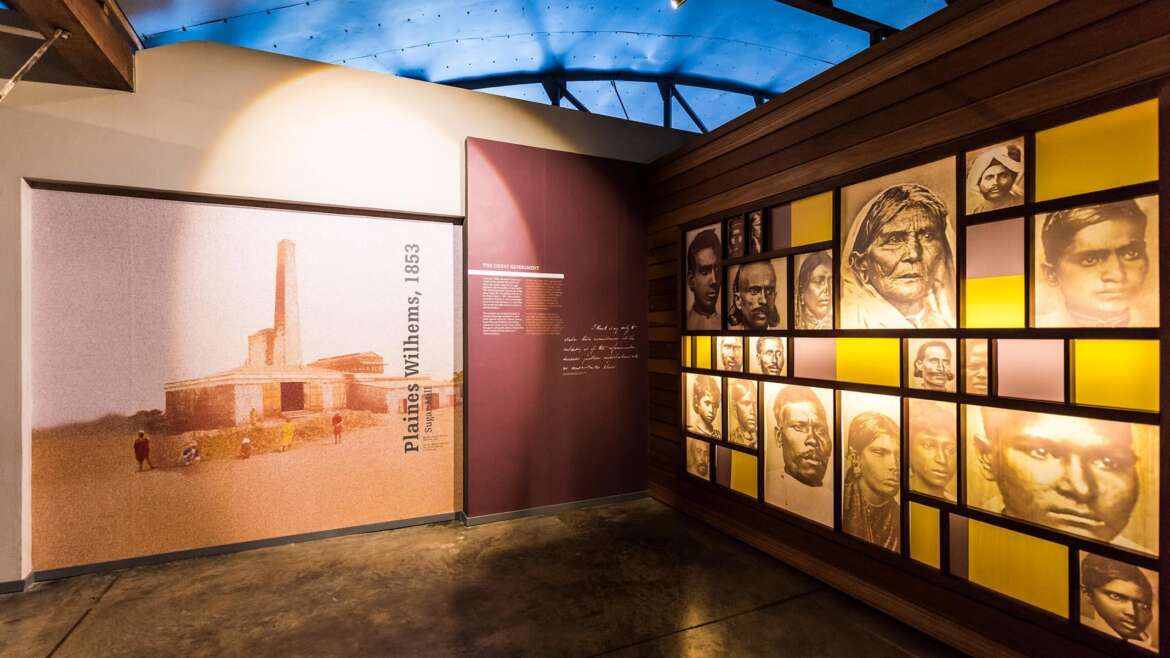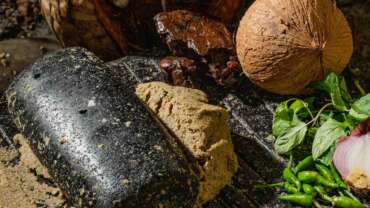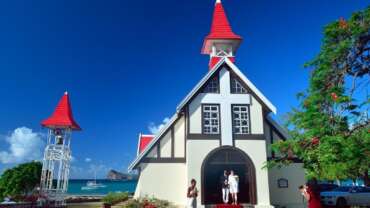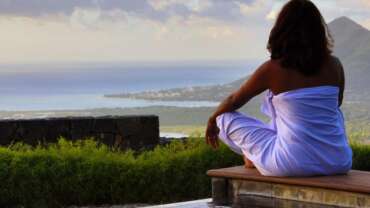Cultural Travel in Mauritius
Mauritius’ rich and diverse culture – born from heady European, African and Asian roots – is ripe for exploring. With no native population, Mauritians are all descendants of immigrants, which may explain the racial and religious harmony which is a cornerstone of the Mauritian society. There is a huge variety of ways visitors can explore and embrace the island’s culture, from colourful markets and vibrant festivals to temples and shrines. Don’t miss the Mauritian ‘sega’ – a popular style of local music and dance – which often continues into the early hours or the Sundowner tradition whereby locals eat, drink and dance in pubs on Friday evenings.
Grand Bassin, also known as Ganga Talao is a must-see. One of the rare natural lakes in Mauritius and the renowned pilgrimage place for Mauritians of Hindu faith, this incredible site is home to many of the Hindu Gods. However the biggest Hindu temple, the Maheswarnath Mandir can be found in Triolet, which also boasts the longest village of the island.
The prison in Port Louis is where slaves were detained and is also worth visiting as well as the UNESCO World Heritage-listed Aapravasi Ghat. To see past times glamour, head to the elegant plantation homes of former sugar barons. With 109 doors and turreted rooftop windows, Eureka House is the most striking, while set in ancient orchards, Chateau Labourdonnais, was modelled on Versailles.
A family meal equals happiness for Mauritians, so don’t forget to sample the street food! Try Indian gato pima (chilli cakes), Chinese boulette (dumplings) and alooda (a milkshake using coconut milk, rose syrup and basil seeds.)











